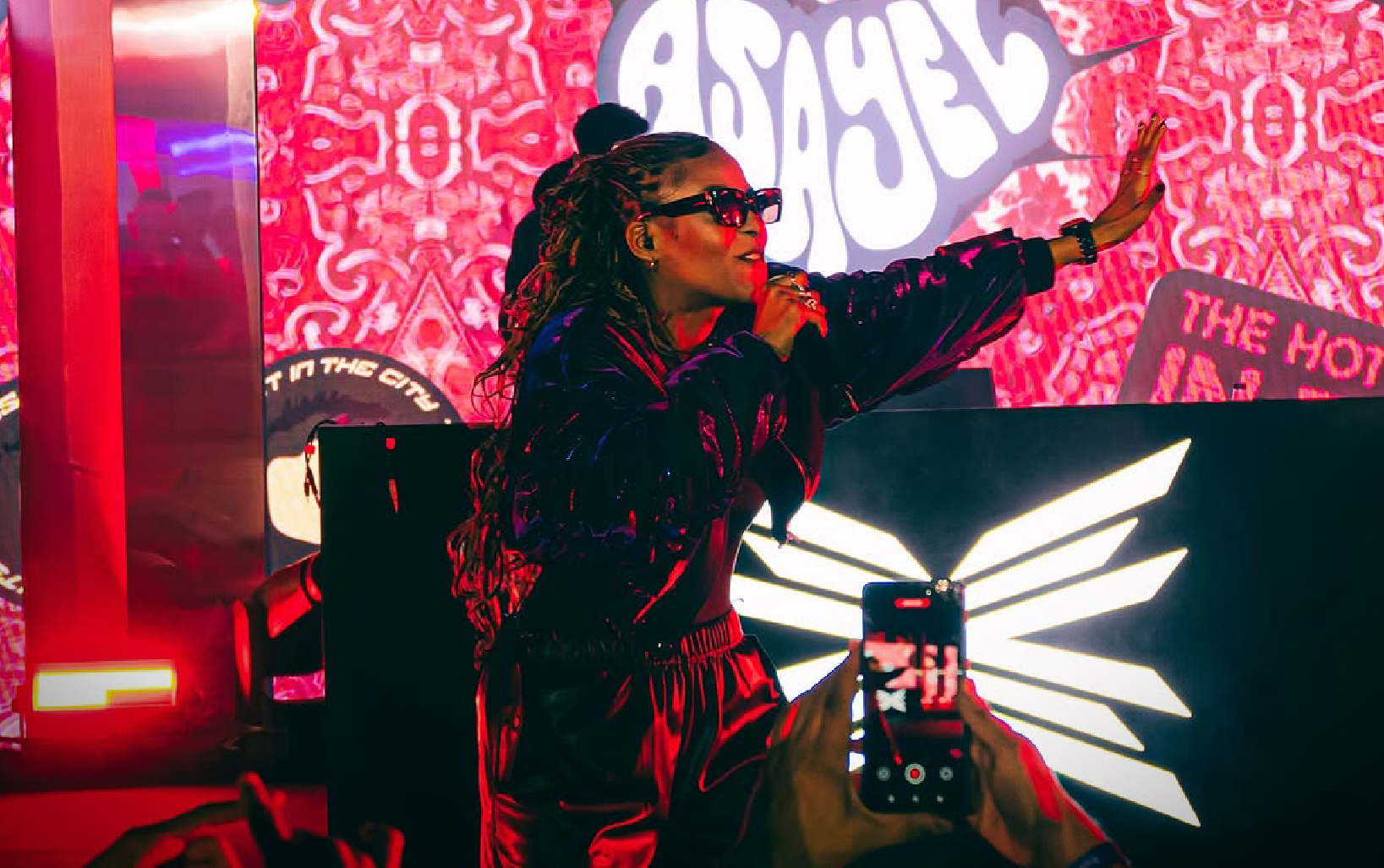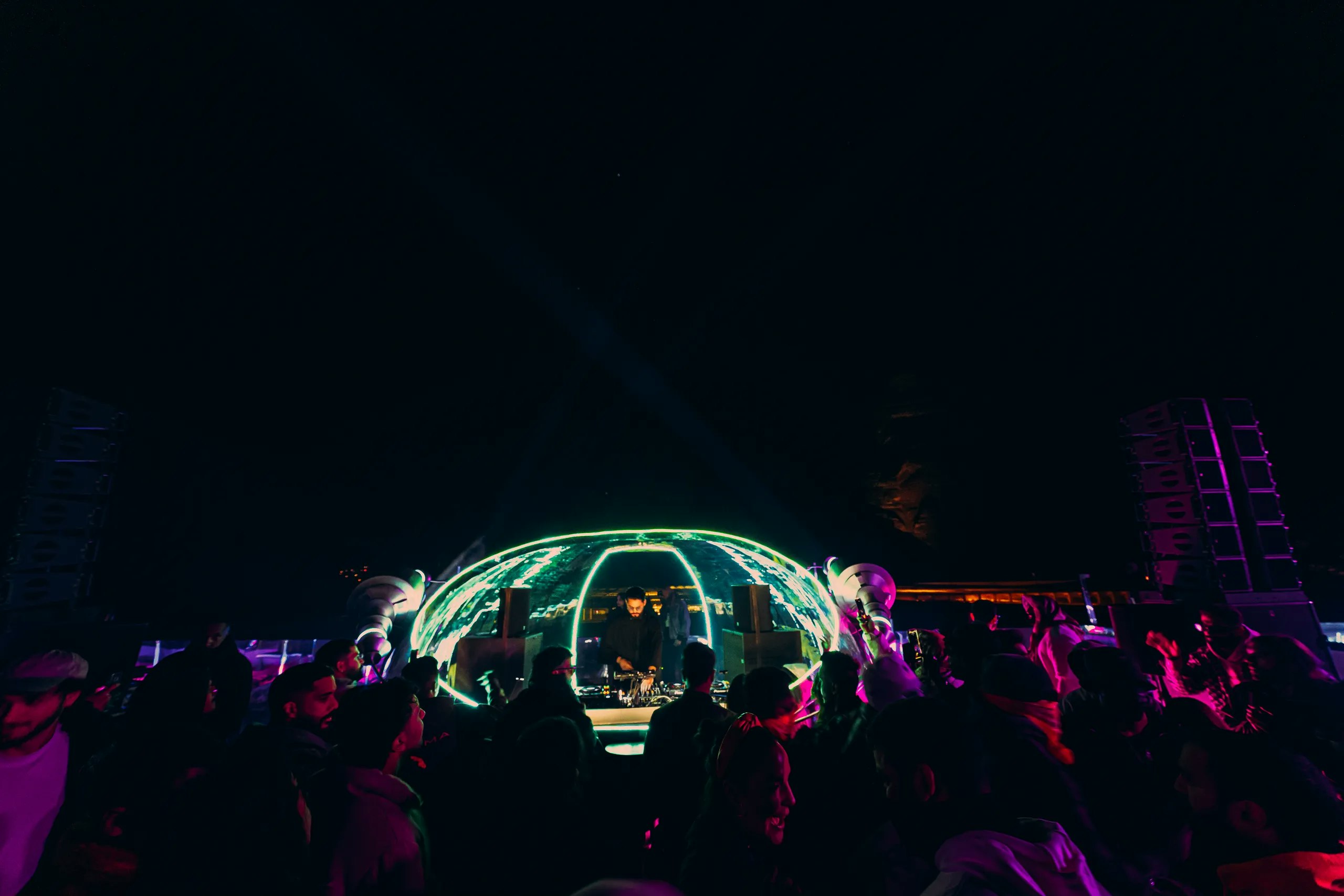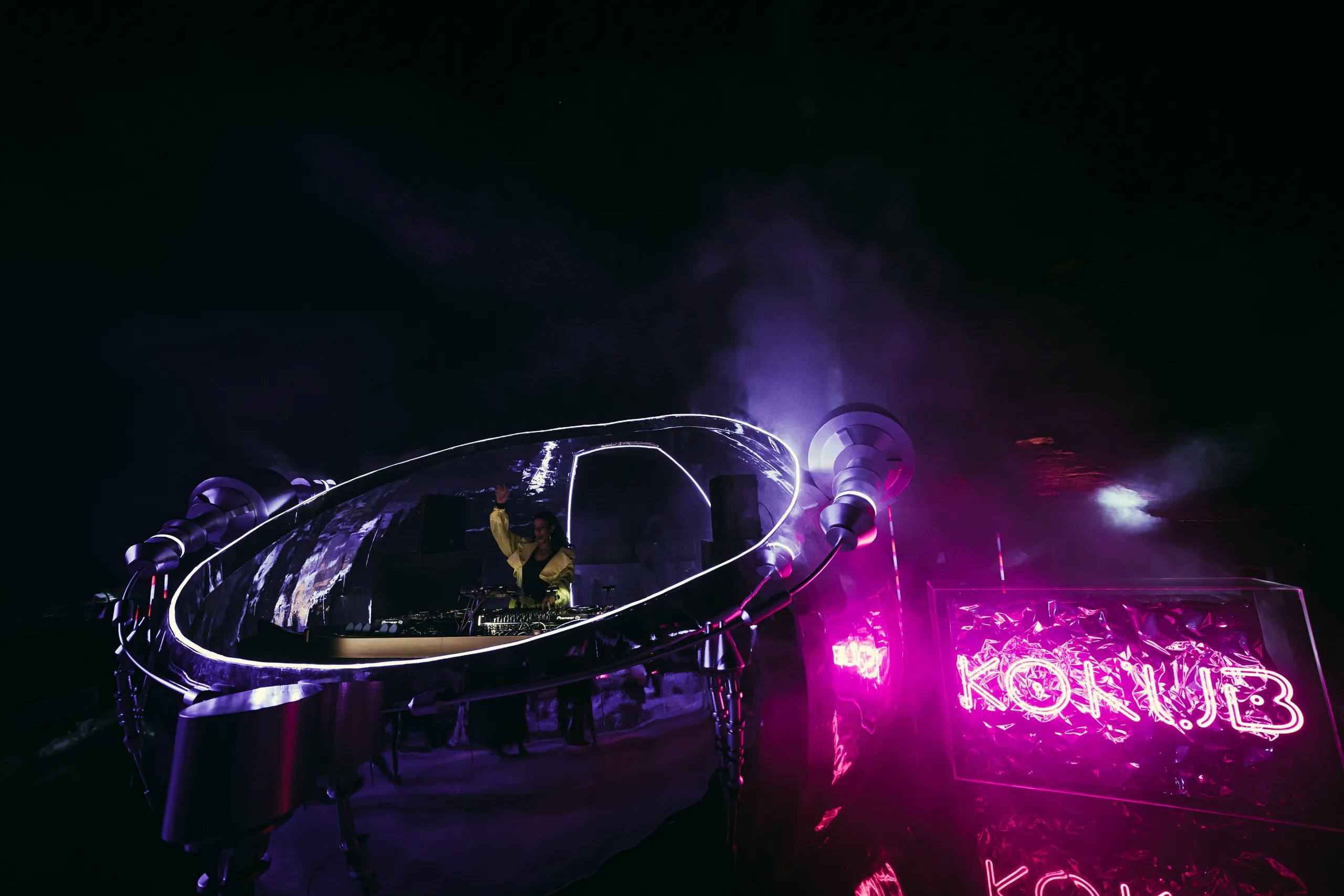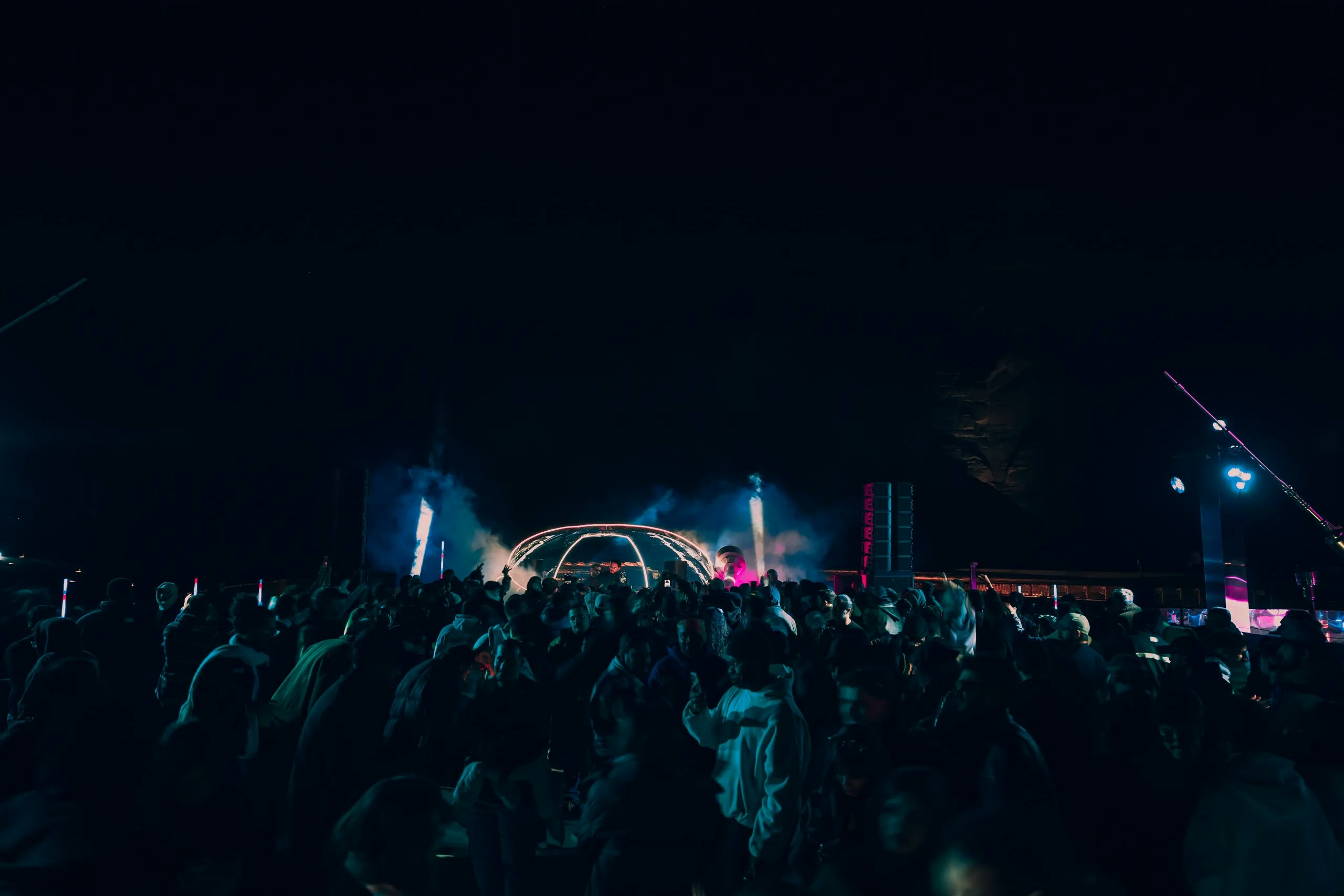

How Remakes and Cover Versions Are Giving New Life to Classic Songs
By MDLBEAST
October 06 2025
How Remakes and Cover Versions Are Giving New Life to Classic Songs
By MDLBEAST
October 06 2025
The Power of Reinvention in Music
The evolution of music has always been marked by reinvention. From jazz standards to rock anthems, artists have long reinterpreted existing songs, bringing them into new eras and reshaping their cultural significance. Remakes and cover versions not only preserve the legacy of classic tracks but also introduce them to new audiences, keeping them relevant in an ever-changing industry.
Such occurrences are not foreign, think of acoustic versions of old pop hits, where songs that play on the radio today are the acoustic versions instead of the originals, or the dance remix of that song that used to be in the top ten or that classic reconfigured in the past as a rock song turned power ballad. It's not just audiences but the music industry, too. Thus, this article explores how songs reclaim and remake the airwaves with a contemporary, new sensibility in cover versions.
The Evolution of Cover Versions
A Tradition Rooted in Music History
Songs have been covered for decades. For instance, in the 1900s, jazz and blues musicians played each other's songs so frequently that there were many different versions of many songs. By the 50s and 60s, rock and roll and pop artists covered songs, too, bringing local or folk R&B hits to the next level of national and international acclaim.
For instance, "Hound Dog" was not a Presley original, it was Big Mama Thornton's song to which Presley just sang an interpretation, but made it popular. Similarly, The Beatles made their mark early on by covering R&B American songs; however, their "theft" brought the songs to an international audience. As time moved on, fewer songs were covered to recreate the song, and more it became an artistic credit that transformed the song into something other than its original.
The Role of Modern Technology in Song Revivals
The ability to recreate songs exists because of modern music production. For instance, with vocal isolation and access to instrumentals, a producer can hear a new ear for a song not so much as a different sound but with the purpose of replicating the original sound just in a different fashion. Such technology influences how we create and appreciate recreations in the contemporary world.
Streaming platforms have also transformed how cover versions gain traction. With algorithms suggesting similar tracks to listeners, remakes often introduce younger audiences to older songs they might never have encountered otherwise.
Why Remakes and Covers Resonate
Nostalgia Meets Modern Sound
A key reason why cover versions and remakes thrive is nostalgia. Listeners feel a connection to songs from their past, but a fresh twist makes them excited again. Remakes bridge generational gaps, enabling younger fans to appreciate classic tunes through a contemporary lens.
For instance, Fairuz’s rendition of “Ya Ana Ya Ana” introduced a timeless charm to the original folk melody, making it a beloved classic across generations. Similarly, Nancy Ajram’s modern take on “Akhasmak Ah” blended traditional Arabic influences with contemporary pop, giving the song a fresh appeal while maintaining its nostalgic essence.
Artistic Expression and Reinterpretation
Covers aren't merely nostalgia derivatives. They give new artists a chance to demonstrate their talent and skills. A well-executed cover provides such an alternative sonic appreciation or meaning to a track that it rises above anything the original creator ever meant.
Think of Johnny Cash's "Hurt" (2002), that's a cover of Nine Inch Nails. Where the original was industrial rock, Cash's version was a more vulnerable, stripped-down, reflective version for an entirely different demographic.
Expanding Musical Genres
Remakes and covers facilitate genre swapping through song. A pop song can become an orchestral cover. A country song can transform into a rock song. An R&B song can shift to EDM. This type of transformation keeps things fresh and offers fans sounds they may never have experimented with, the opportunity to do so.
A great example is Noel Kharman’s mashup of Fairuz’s “Kifak Inta” with Adele’s “Hello”, which blended classic Arabic nostalgia with contemporary Western pop, creating a unique fusion that resonated with both old and new audiences. Similarly, her reimagining of “Shallow” with an Arabic twist gave the global hit a fresh cultural dimension while maintaining its emotional depth.
The Commercial and Cultural Impact
Revitalizing Music Sales and Streaming
Remakes and covers have significant commercial potential. A successful reinterpretation can spark renewed interest in the original version, boosting streaming numbers and sales for both artists involved. This is particularly evident in the resurgence of older tracks on platforms like TikTok, where viral trends often breathe new life into forgotten hits.
The Ethics and Business of Remakes
While remakes and covers offer artistic and commercial benefits, they also raise questions about originality and rights. Some argue that constant reinvention overshadows original creations, while others believe it is a vital part of music’s evolution.
Legally, artists must obtain permission and often pay royalties when covering a song. However, this mutual benefit ensures that both the original creators and the new interpreters gain from the success of a remake.
The Future of Classic Songs in a Digital Age
As music continues to evolve, the art of the remake and the cover song remains an essential force in shaping the industry. Whether through nostalgic reinterpretations, genre-blending transformations, or viral social media trends, these versions keep classic songs relevant and exciting for new audiences.
Share this


